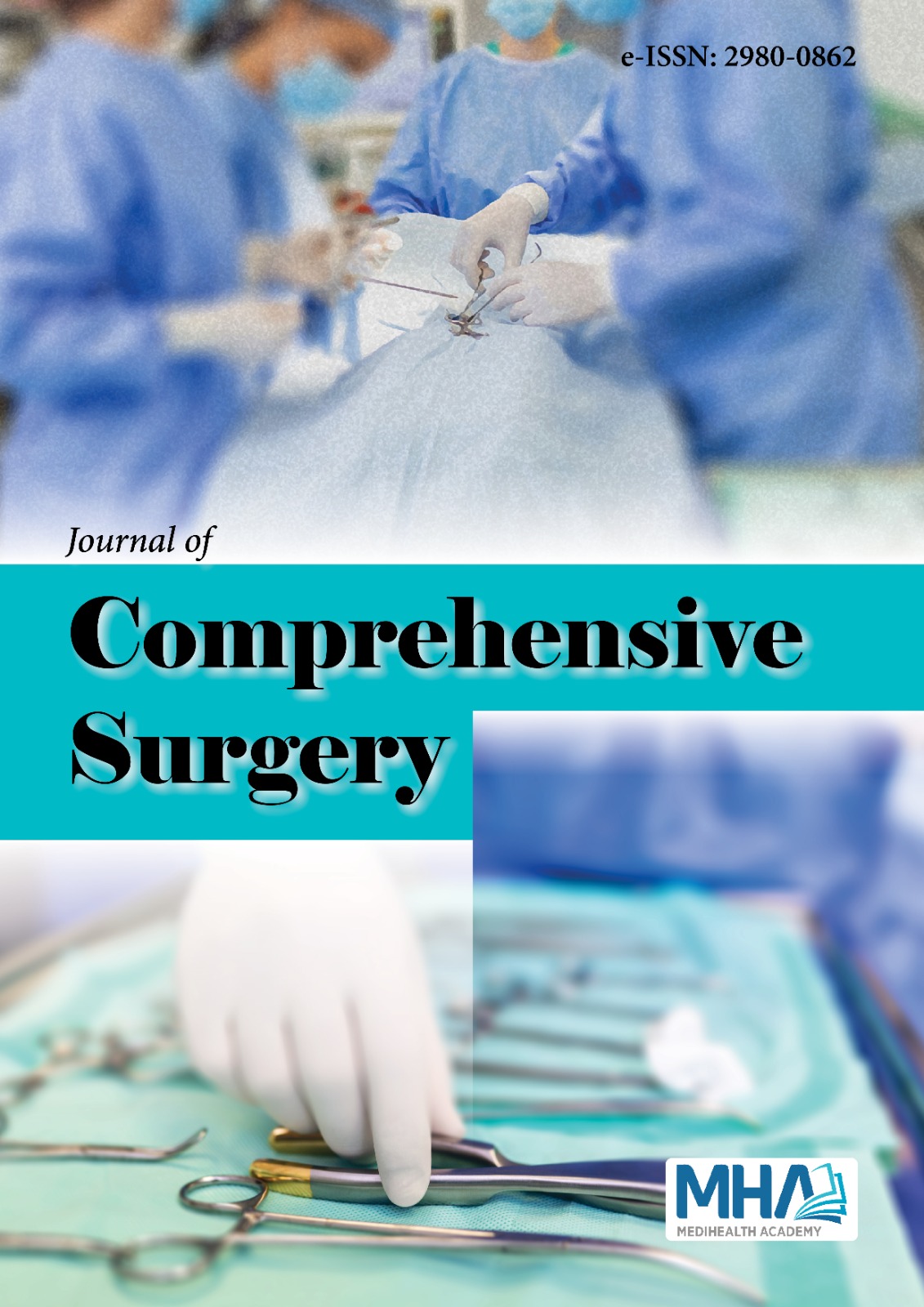1. Wuerth BA, Rockey DC. Changing epidemiology of uppergastrointestinal hemorrhage in the last decade: a nationwide analysis.Dig Dis Sci. 2018;63(5):1286-1293. doi: 10.1007/s10620-017-4882-6PMID: 29282637.
2. National Institute for Health and Care Excellence. Acute uppergastrointestinal bleeding: management. Issued: June 2012, Lastmodified: April 2015. NICE clinical guideline 141.
3. Memişoğlu K. Acute upper gastrointestinal bleeding. Türkiye Klin J SurgMed Sci. 2005;1(4):1-6.
4. Barkun A, Bardou M, Marshall JK, Nonvariceal Upper GI BleedingConsensus Conference Group. Consensus recommendations formanaging patients with nonvariceal upper gastrointestinal bleeding.Ann Intern Med. 2003;139(10):843-857.
5. Blatchford O, Davidson LA, Murray WR, Blatchford M, Pell J.Acute upper gastrointestinal haemorrhage in west of Scotland: caseascertainment study. BMJ. 1997;315(7107):510-514.
6. Cameron EA, Pratap JN, Sims TJ, et al. Three-year prospectivevalidation of a pre-endoscopic risk stratification in patients with acuteupper-gastrointestinal haemorrhage. Eur J Gastroenterol Hepatol.2002;14(5):497-501.
7. Wilcox CM, Alexander LN, Cotsonis G. A prospective characterizationof upper gastrointestinal hemorrhage presenting with hematochezia.Am J Gastroenterol. 1997;92(2):231-235.
8. Wollenman CS, Chason R, Reisch JS, Rockey DC. Impact ofethnicity in upper gastrointestinal hemorrhage. J Clin Gastroenterol.2014;48(4):343-350. doi: 10.1097/MCG.0000000000000025 PMID:24275716. PMCID: PMC4157370.
9. Bahadır D, Yalnız M, Demirel U, Aygün C, Bahçecioğlu İH. Varis dışıüst gastrointestinal sistem kanamalı hastaların demografik ve kliniközellikleri. Endosk Gastrointest. 2012;20(2):32-39.
10. Longstreth GF. Epidemiology of hospitalization for acute uppergastrointestinal hemorrhage: a population-based study. Am J Gastroenterol.1995;90(2):206-210.
11. Okutur SK, Alkım C, Bes C, Gürbüz D, Kınık Ö, Gültürk E. Acute uppergastrointestinal bleeding: analysis of 230 cases. Akad GastroenterolDerg. 2007;6:30.
12. Theocharis GJ, Thomopoulos KC, George Sakellaropoulos, KatsakoulisE, Nikolopoulou V. Changing trends in the epidemiology andclinical outcome of acute upper gastrointestinal bleeding in a definedgeographical area in Greece. J Clin Gastroenterol. 2008;42(2):128-133.
13. Moledina SM, Komba E. Risk factors for mortality among patientsadmitted with upper gastrointestinal bleeding at a tertiary hospital:a prospective cohort study. BMC Gastroenterol. 2017;17(1):165. doi:10.1186/s12876-017-0712-8 PMID: 29262794. PMCID: PMC5738843.
14. Yen HH, Wu PY, Wu TL, et al. Forrest classification for bleeding pepticulcer: a new look at the old endoscopic classification. Diagnostics.2022;12(5):1066. doi: 10.3390/diagnostics12051066 PMID: 35626222.PMCID: PMC9139956.
15. Van Leerdam ME. Epidemiology of acute upper gastrointestinalbleeding. Best Pract Res Clin Gastroenterol. 2008;22(2):209-224.
16. Tuncer İ, Uygan İ, Türkdoğan MK. Demographic features of our caseswith acute upper gastrointestinal bleeding and risk factors. Van Tıp Derg.2001;8(4):113-116.
17. Kasap, Elmas. Çorum Devlet Hastanesi üst gastrointestinal sistemkanamalı hastaların değerlendirilmesi. Akad Gastroenterol Derg.2008;7(3):171-173.
18. Bayır A, Okumuş M. Effect of risk factors on the prognosis of uppergastrointestinal bleedings. Genel Tıp Derg. 2003;13(4):157-161.
19. Katschinski B, Logan R, Davies J, Faulkner G, Pearson J, Langman M.Prognostic factors in upper gastrointestinal bleeding. Digest Dis Sci.1994;39(4):706-712.

